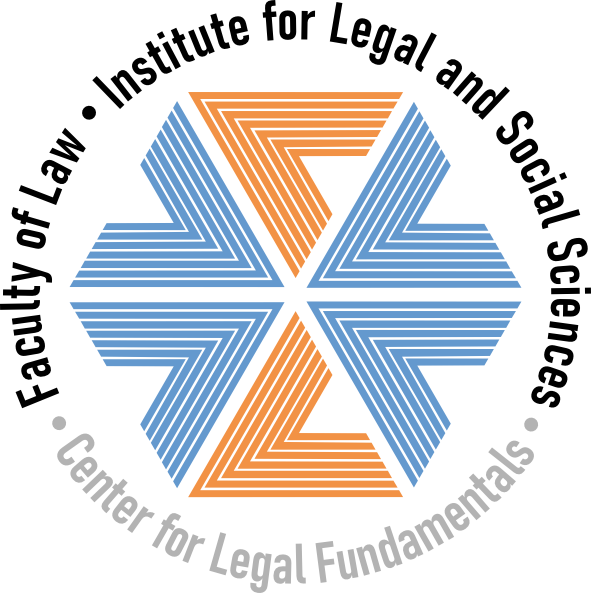Приказ основних података о документу
Australijski federalizam - izazovi na početku drugog veka primene saveznog ustava
Australian federalism: Challenges at the beginning of its second century
| dc.creator | Stanković, Marko | |
| dc.date.accessioned | 2024-03-11T13:54:47Z | |
| dc.date.available | 2024-03-11T13:54:47Z | |
| dc.date.issued | 2007 | |
| dc.identifier.issn | 0003-2565 | |
| dc.identifier.uri | https://ralf.ius.bg.ac.rs/handle/123456789/330 | |
| dc.description.abstract | Od skoro dve stotine država koje su danas članice OUN, svega desetak procenata čine federacije. Iako njihov broj nije veliki, teritorijalna prostranstva koja federacije zauzimaju, brojnost stanovništva koje ih naseljava i ekonomska snaga kojom raspolažu, vrlo su respektabilni, pa se slobodno može reći da je većina najmoćnijih država sveta danas federalno ustrojena. Stoga federalizam, kao najrasprostranjeniji oblik vertikalne podele vlasti u svetu, zaslužuje počasno mesto među danas poznatim modelima teritorijalne decentralizacije, a upravo Australija pruža jedan od najsvetlijih uporednopravnih primera uspešne primene tog oblika državnog uređenja. Ipak, i ova država-kontinent je, nakon više od stoleća života pod federalnim ustavom, u ovom momentu suočena sa izvesnim problemima i dilemama koji su neminovno proizašli iz promena društvenih prilika i uloge države tokom jednog veka. Osnovni problemi s kojima se australijska federacija trenutno susreće su pitanja promene oblika vladavine, povećanja broja federalnih jedinica i preraspodele nadležnosti između savezne vlasti i država - članica. | sr |
| dc.description.abstract | The federal system combined with parliamentary regime, predominantly inspired by the constitutional arrangements of the Great Britain and the USA, turned out to be the optimal solution for constitutionalization of the Australian political community. One century after promulgation of its federal constitution, Australia has built the stable and democratic political institutions, which correspond to the federal principles defined in its constitutional doctrine (the principles of supremacy, autonomy and participation). The greatest anomaly of the Australian federal arrangement is in its specific technique of de facto constitutional changes. These changes occur by means of adopting the laws which are opposing to the constitution and their confirmation by the Supreme Court through the exercise of power of judicial review. Australia has faced some new challenges at the end of the 20th century, and amongst those challenges one should stress out the transfer from monarchy to the republic and the creation of the new federal entity (Northern Territory). The Australians voted against these two changes, but the way those issues were resolved shows that any similar questions in the future should not disturb the coherence of the Australian constitutional system. | en |
| dc.publisher | Univerzitet u Beogradu - Pravni fakultet, Beograd | |
| dc.rights | openAccess | |
| dc.rights.uri | https://creativecommons.org/licenses/by/4.0/ | |
| dc.source | Anali Pravnog fakulteta u Beogradu | |
| dc.subject | Savezni (federalni) ustav | sr |
| dc.subject | raspodela nadležnosti | sr |
| dc.subject | oblik vladavine | sr |
| dc.subject | federalizam | sr |
| dc.subject | Australija | sr |
| dc.subject | system of government | en |
| dc.subject | federalism | en |
| dc.subject | federal constitution | en |
| dc.subject | division of powers | en |
| dc.subject | Australia | en |
| dc.title | Australijski federalizam - izazovi na početku drugog veka primene saveznog ustava | sr |
| dc.title | Australian federalism: Challenges at the beginning of its second century | en |
| dc.type | article | |
| dc.rights.license | BY | |
| dc.citation.epage | 155 | |
| dc.citation.issue | 2 | |
| dc.citation.other | 55(2): 141-155 | |
| dc.citation.spage | 141 | |
| dc.citation.volume | 55 | |
| dc.identifier.rcub | https://hdl.handle.net/21.15107/rcub_ralf_330 | |
| dc.identifier.rcub | conv_111 | |
| dc.type.version | publishedVersion |
Документи
| Датотеке | Величина | Формат | Преглед |
|---|---|---|---|
|
Уз овај запис нема датотека. |
|||

